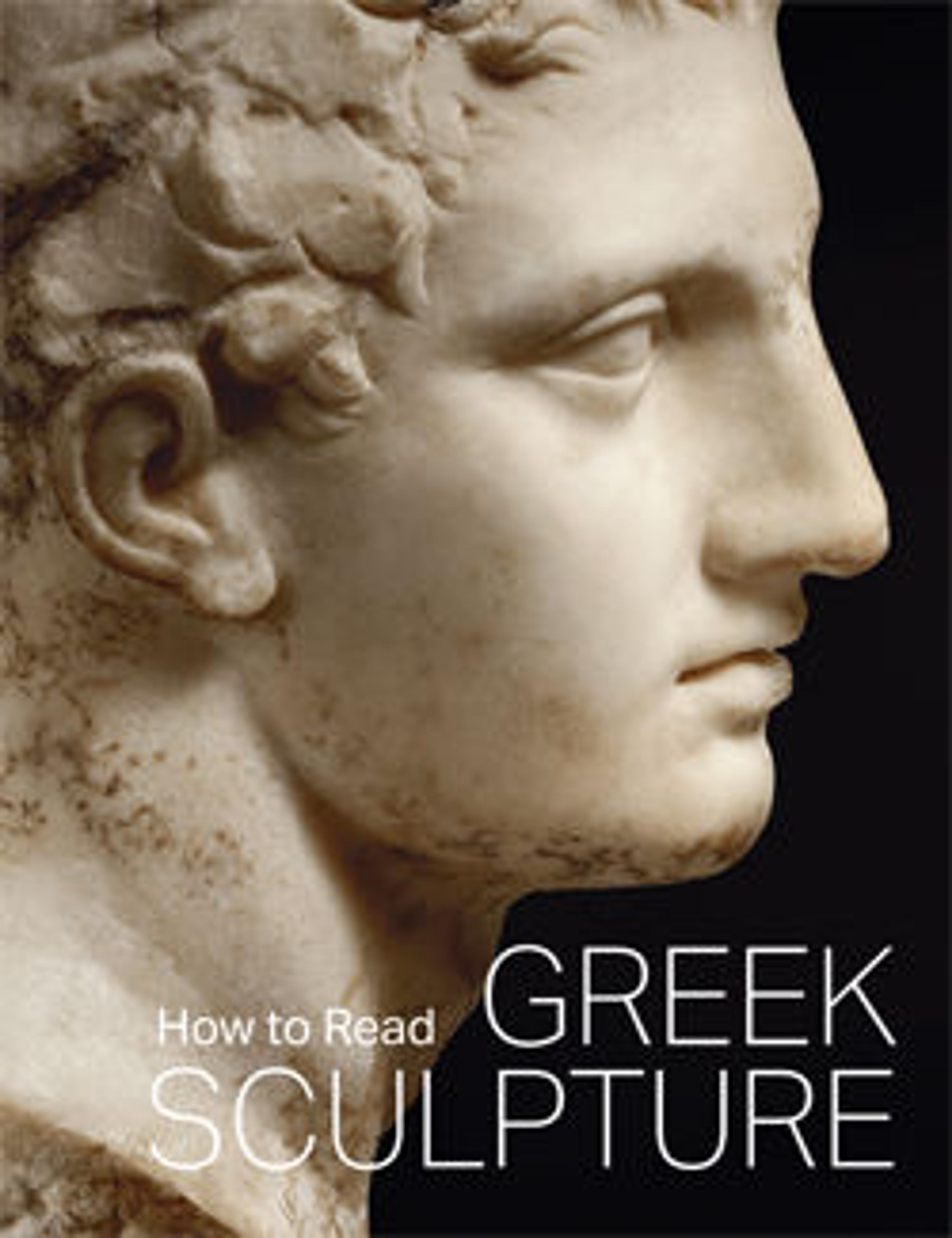Fragments of a marble statue of the Diadoumenos (youth tying a fillet around his head)
This statue represents a youth adorning his head with a fillet (band) after victory in an athletic contest. The original bronze probably stood in a sanctuary such as that at Olympia or Delphi, where games were regularly held. The Greek sculptor Polykleitos of Argos, who worked during the mid-fifth century B.C., was one of the most famous artists of the ancient world. His figures are carefully designed with special attention to bodily proportions and stance. The figure's thorax and pelvis tilt in opposite directions, setting up rhythmic contrasts in the torso that create an impression of organic vitality. The position of the feet—poised between standing and walking—gives a sense of potential movement. This rigorously calculated pose, which is found in almost all works attributed to Polykleitos, became a standard formula used in Graeco-Roman and later Western European art.
Artwork Details
- Title:Fragments of a marble statue of the Diadoumenos (youth tying a fillet around his head)
- Artist:Copy of work attributed to Polykleitos
- Period:Early Imperial, Flavian
- Date:ca. 69–96 CE
- Culture:Roman
- Medium:Marble
- Dimensions:H. 73 in. (185.4 cm)
- Classification:Stone Sculpture
- Credit Line:Fletcher Fund, 1925
- Object Number:25.78.56
- Curatorial Department: Greek and Roman Art
Audio
1034. Fragments of a marble statue of the Diadoumenos (youth tying a fillet around his head)
Gallery 153
This statue is called the Diadoumenos, which means "the man who is tying or binding." He ties a fillet, or ribbon, around his head—a sign of victory in athletic games. The young man’s hair is tousled and sticks to his neck, sweaty from running or wrestling. But his face is serious and thoughtful, and his lips are closed.
This statue is a Roman work, one of over forty known versions of the same composition. All are ancient replicas of the same lost statue—a bronze created in the fifth century BC by the Greek sculptor Polykleitos from Sikyon. The original probably stood in a sanctuary such as Olympia or Delphi, where games were held every four years.
Polykleitos was one of the most celebrated sculptors of the ancient world and author of the Kanon, which means “rule.” This text—now lost—was the most renowned ancient treatise on art. Polykleitos’s male figures are shown in poses of arrested movement that achieved perfect balance between weight-bearing and relaxed limbs. This compositional scheme is called chiasmus or contrapposto. It became a standard formula in Greek and Roman, as well as later Western European art.
More Artwork
Research Resources
The Met provides unparalleled resources for research and welcomes an international community of students and scholars. The Met's Open Access API is where creators and researchers can connect to the The Met collection. Open Access data and public domain images are available for unrestricted commercial and noncommercial use without permission or fee.
To request images under copyright and other restrictions, please use this Image Request form.
Feedback
We continue to research and examine historical and cultural context for objects in The Met collection. If you have comments or questions about this object record, please contact us using the form below. The Museum looks forward to receiving your comments.
